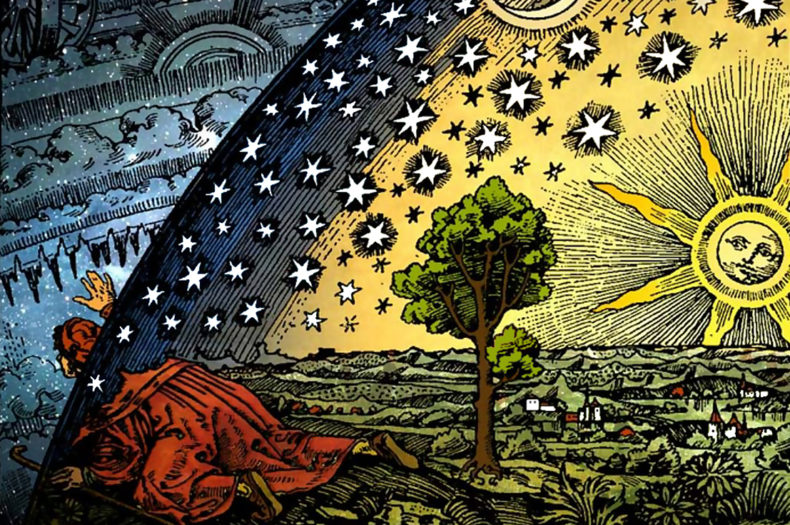 I have a friend who is a magician. He performs the occasional stage show with card tricks and coins hidden behind the ear. His work is sleight of hand, a flash of movement deceiving the eye. He’d say it’s science. You experiment and find what actually works.
I have a friend who is a magician. He performs the occasional stage show with card tricks and coins hidden behind the ear. His work is sleight of hand, a flash of movement deceiving the eye. He’d say it’s science. You experiment and find what actually works.
My friend, Angus Stocking, is also a tarot reader with his own small business for clients who have questions about love, money, and other volatile, mysterious indulgences. For him, reading people’s cards is different from stage magic. In one he wows the audience with gentlemanly distraction, and in the other, he believes he is accessing an invisible realm of order and prediction where each card holds symbolic information relevant to the viewer’s life.
Besides reading cards, Angus might have you reach into a bag to dig out a rune stone marked with one of 25 symbols, or colored marbles for the I Ching, a Chinese divination technique dating back 3,000 years.
“Sometimes you need the extra umph of a miracle to listen to what is being said,” Angus tells me.
Angus has a scientific mind. He’s a land surveyor by trade and makes the bulk of his living writing papers for the infrastructure industry, studying and writing about materials and engineering techniques for bridges, manhole covers, sewer drains, and skyscrapers around the world. He reads fortunes on the side.
Does he honestly think it’s real?
“I regularly experience synchronicities or intuitive predictions at a rate that argues against simple chance,” Angus says. “It becomes fatuous to insist there is not a spiritual component.” Continue reading →
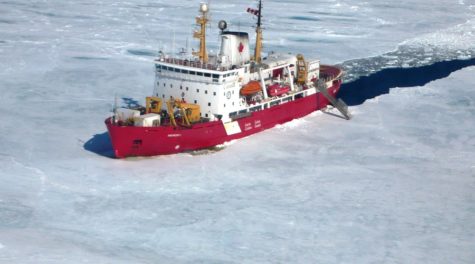 When the official photographer’s helicopter hovered above the Arctic Ocean for the bank note photo shoot, the Canadian Coast Guard ship Amundsen carried Jay Cullen’s oceanographic research equipment prominently on its deck. The icebreaker was to feature on the red Canadian fifty-dollar bill, and Cullen saw his chance at immortality. Unfortunately, when the mint released the note, the artist had airbrushed out Cullen’s crates like so much clutter.
When the official photographer’s helicopter hovered above the Arctic Ocean for the bank note photo shoot, the Canadian Coast Guard ship Amundsen carried Jay Cullen’s oceanographic research equipment prominently on its deck. The icebreaker was to feature on the red Canadian fifty-dollar bill, and Cullen saw his chance at immortality. Unfortunately, when the mint released the note, the artist had airbrushed out Cullen’s crates like so much clutter.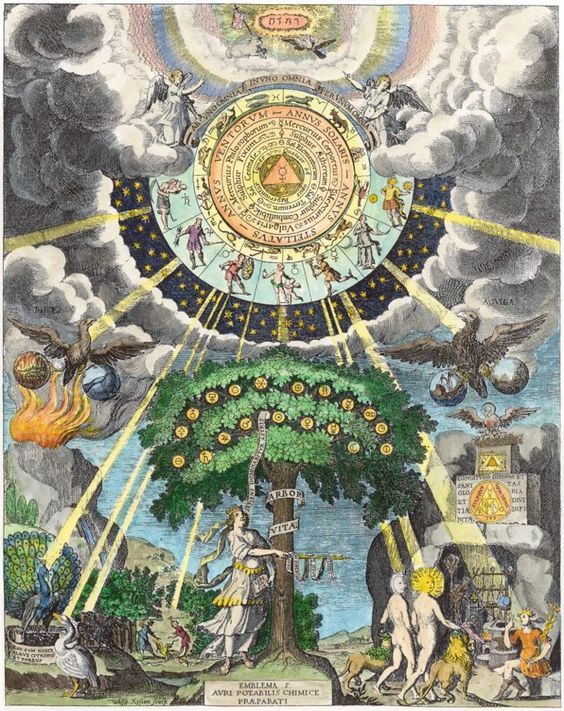
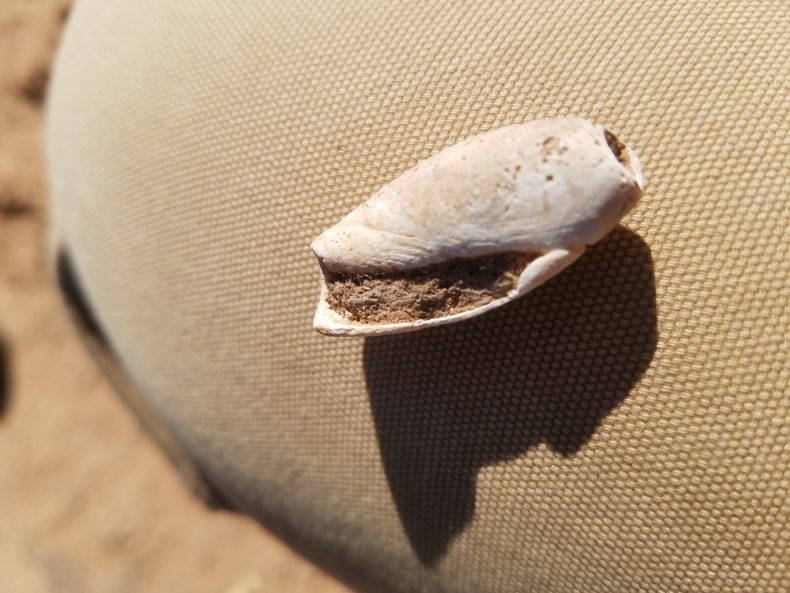 I was snooping around an old uranium mill the other day in southern Utah, taking advantage of an unusually warm January day in the desert to explore washes, ridges, and places where I could hunt for artifacts. You’ll find here glass bottles, metal tags, and pieces of machinery. It was a field mill, looked like 1950s by the decay. No bigger than a one-bedroom house, it had been reduced to some crackled concrete walls and durable trash, glass, plastic, metal. Bolts, broken tea cups, bottle caps. It had been built near a steep gully above a dry wash, and its ruins were crumbling into sandy, ashen soil.
I was snooping around an old uranium mill the other day in southern Utah, taking advantage of an unusually warm January day in the desert to explore washes, ridges, and places where I could hunt for artifacts. You’ll find here glass bottles, metal tags, and pieces of machinery. It was a field mill, looked like 1950s by the decay. No bigger than a one-bedroom house, it had been reduced to some crackled concrete walls and durable trash, glass, plastic, metal. Bolts, broken tea cups, bottle caps. It had been built near a steep gully above a dry wash, and its ruins were crumbling into sandy, ashen soil.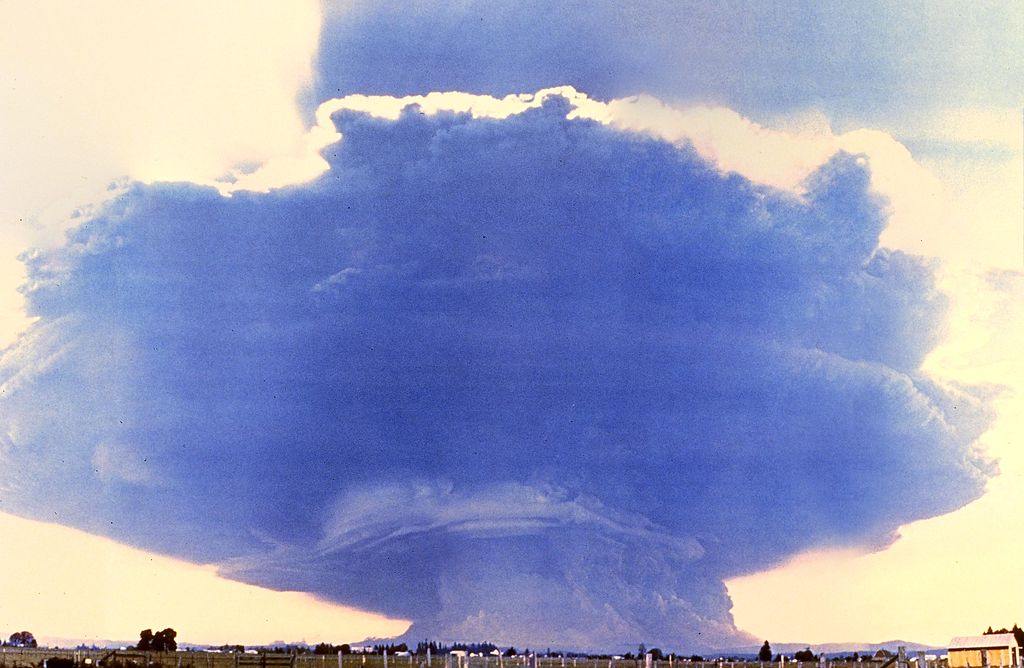
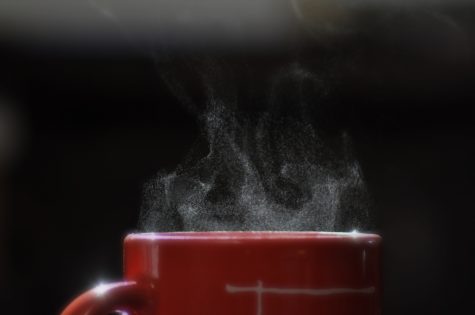 I used to take opioids for pain. Every day. Numerous times a day. I didn’t abuse the drugs; I was prescribed them for legitimate reasons and I used them as directed.
I used to take opioids for pain. Every day. Numerous times a day. I didn’t abuse the drugs; I was prescribed them for legitimate reasons and I used them as directed.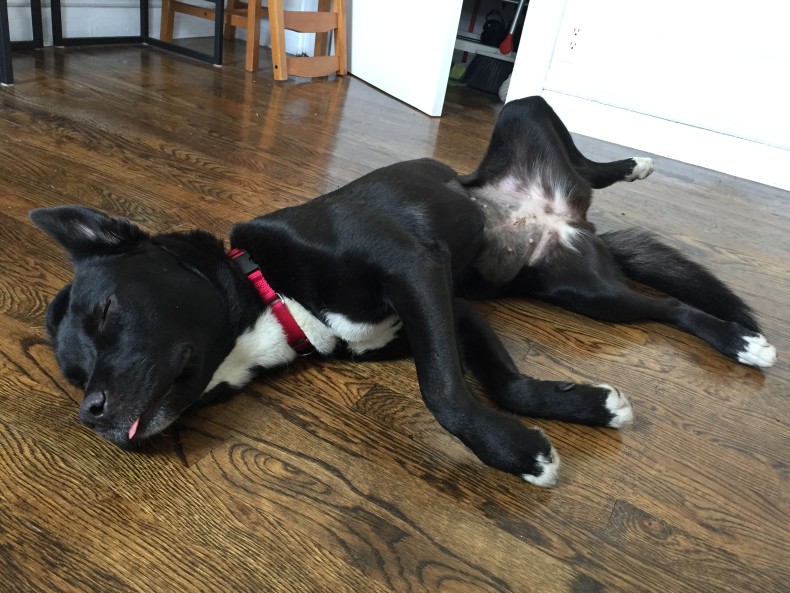
 I have a friend who is a magician. He performs the occasional stage show with card tricks and coins hidden behind the ear. His work is sleight of hand, a flash of movement deceiving the eye. He’d say it’s science. You experiment and find what actually works.
I have a friend who is a magician. He performs the occasional stage show with card tricks and coins hidden behind the ear. His work is sleight of hand, a flash of movement deceiving the eye. He’d say it’s science. You experiment and find what actually works.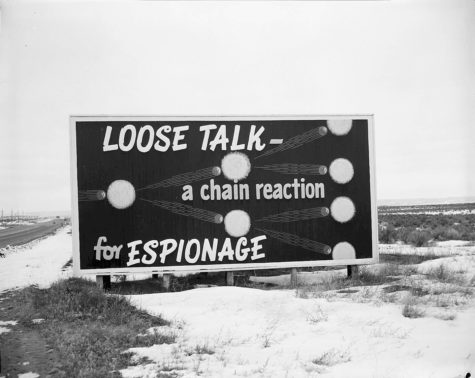 January 22-26, 2018
January 22-26, 2018